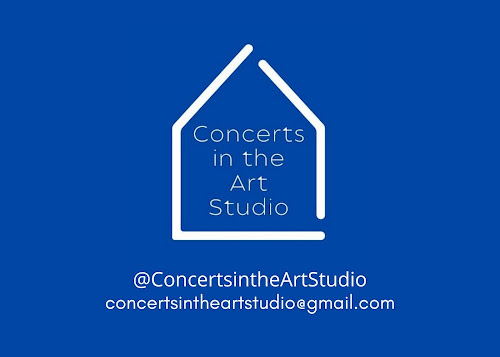Ernst Kraft: Every splash of paint is a statement
 |
Ernst Kraft in his studio in Malaga, Spain
|
Ernst Kraft, Dutch artist, based in Malaga, born in 1952. He follows
practical studies of fine arts with the artist Jacques von Pell. In 1979 he
starts his own studio in Amsterdam. In 1989, he moves to Malaga, Spain.
Painting, installations, and sculptural constructions are his main disciplines
|
How would you describe your painting to somebody
who has never seen it?
To describe something unseen I can't avoid labels, but they never cover the
whole load. Here they are: abstract, expressionistic, dramatic, gestural.
In my work I
use contrasts. Unpolished heavy lines and a drawing of filigrees move on rough
surfaces and semi-transparent fields. The drama arises from their interaction.
Painting is
using my hands, I like that. Every brushstroke is the result of muscles,
controlled by my state of mind. Every splash of paint is a statement.
I hardly
ever sit when in my studio. I paint standing, I walk around, move away from the
canvas and I come closer again. I work on a wall easel, on the ground, or on
trestles. I need to approach the canvas from all sides. It's like a warfare
strategy. As in any battle I move cautiously sometimes, and at other times I
make a bold savage attack.
Yet the
finished work does not show the fight of its origin. It shows the grief and
solitude that the struggle has left behind.
I also work
a lot on paper. It is vulnerable, it requires a different mood. The paper wants
to be caressed. Like a masseur, I rub the pigments with wax into the pores of
the paper. The drawing is softer, more melancholic. I like the humble charcoal.
I draw and erase, draw again and erase, creating a natural depth and
chiaroscuro that only charcoal can yield.
How and
by what are you inspired? How do you start a painting?
There isn't
any muse whispering in my ears. Creating is the result of a state of mind, of
unrest, fears, dreams and frustrations. Art is sublimation. Inspiration is a
false myth, it is handing over your responsibility.I stretch the canvas and
leave it there, we challenge each other while I do other things. That can take
days. Now and then I touch the linen, the woodwork. There comes a morning that
I feel before I even open the studio door: today. I don't think about anything,
I only see the white. I am empty, as the new canvas itself, when I begin. I
want to be surprised. Perhaps God felt the same way when he created heaven and
earth. |
 |
Monument to the Unknown Migrant
|
An
important aspect of your work concerns installations. Can you list a few, and
where can we see them?
|
An example
is not far away. Last year, in Tijuana, I built a sculptural construction, Monument for the Unknown Migrant for
the art Triennial, which can be called very site-specific in terms of theme. A
block-shaped fence, crowned with razor wire. In León, Guanajuato, also in
Mexico, I made a labyrinth for the Alzheimer Foundation. A natural intervention
of a maze of cobblestones. In the center I planted a walnut tree so that the
walnuts would cover the paths like little brains, given their shape. A metaphor
for the disease in which we lose ourselves in the maze of our brain.
Further afield, in Argentina, I made another construction, just restored this
year, The House with the two Chimneys,
a reference to duality. One house, two expressions, as Dr Jackel and Mr Hyde.
In Ostend, Belgium, I built a cube of 6.50 x 6.50 x 6.50 feet of reinforced
concrete mesh, with five internal cubes. The iron lattice is very graphic, the
density of the line changes with angle of view. Unfortunately, this is no
longer visible to the public as it is part of a private collection.
|






